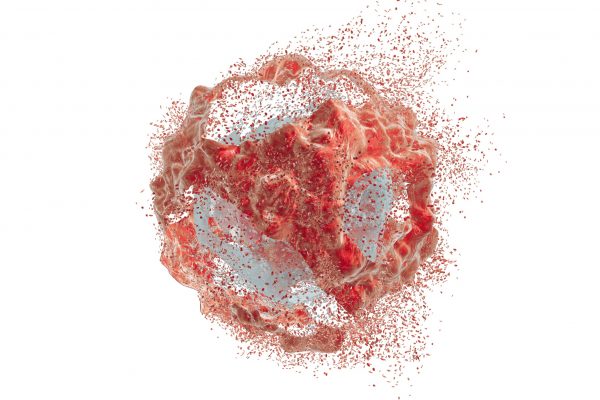
The VENICE-1 study aimed to evaluate the efficacy of venetoclax monotherapy in participants with relapsed/refractory (R/R) chronic lymphocytic leukaemia (CLL) with or without the 17p deletion or TP53 mutation. Recently published in The Lancet Oncology, the results showed deep and durable responses with venetoclax monotherapy in these patients, including those who have received prior treatment with a B-cell receptor inhibitor.1
Most patients with CLL progress after treatment or retreatment with targeted therapy or chemoimmunotherapy and have limited subsequent treatment options. In this context, the efficacy of single-agent venetoclax in R/R CLL remains a critical question mark. This study aimed to assess venetoclax activity in patients with or without previous B-cell receptor-associated kinase inhibitor (BCRi) treatment.2
Methods
The phase 3b VENICE-1 trial assessed the activity and safety of venetoclax monotherapy in adults with relapsed/refractory (R/R) CLL, stratified by previous exposure to a BCRi. Eligible participants were aged ≥18 years with previously treated R/R CLL. The presence of del(17p) or TP53 mutations and previous BCRi treatment were permitted. Patients received a 5-week ramp-up to 400 mg of oral venetoclax once daily and were treated for up to 108 weeks, with a two-year follow-up after discontinuation or optional extended access. The primary activity endpoint was complete remission (CR) rate, i.e., CR or CR with incomplete marrow recovery in BCRi-naïve patients.
Findings
This study included 258 patients with R/R CLL, including 191 BCRi-naïve and 67 BCRi-pre-treated patients. After a median follow-up of 49.5 months, 35% and 27% of BCRi-naïve and BCRi-pretreated patients had CR or CR with incomplete marrow recovery, respectively. In the overall population (n=258), grade ≥3 treatment-emergent adverse events (TEAEs) were reported in 79% of patients and serious AEs in 53%. The most common TEAE was neutropenia (37%), while the most common serious AE was pneumonia (8%). There were thirteen (5%) deaths reported due to AEs. One of these deaths (autoimmune haemolytic anaemia) was possibly related to venetoclax. No new safety signals were identified.
Conclusions
These data demonstrate deep and durable responses with venetoclax monotherapy in patients with R/R CLL, including BCRi-pretreated patients, suggesting that venetoclax monotherapy is an effective strategy for treating BCRi-naïve and BCRi-pretreated patients.2
REFERENCES